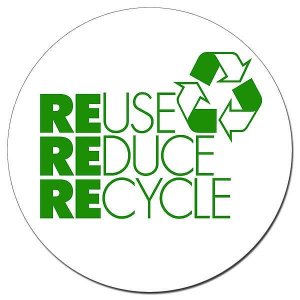Blog
Reducing Waste in Home Improvement Projects
 Over the past several years, the popularity of home improvement projects has grown exponentially. While the added attention to the welfare of ones home can be seen as a great thing, a negative byproduct of that are the increased amounts of construction waste. It is estimated that 2.5 and 4 tons of waste is created while constructing the average home, most of which ends up in landfills. In order to decrease the amount of waste, here are some steps you take during your next project.
Over the past several years, the popularity of home improvement projects has grown exponentially. While the added attention to the welfare of ones home can be seen as a great thing, a negative byproduct of that are the increased amounts of construction waste. It is estimated that 2.5 and 4 tons of waste is created while constructing the average home, most of which ends up in landfills. In order to decrease the amount of waste, here are some steps you take during your next project.
Salvage/Recycle Materials when Possible
During the demolition phase of any home improvement project the discarded material is often grouped together and thrown in the dumpster, then carted off to the landfill. A lot of that material can be recycled and even salvaged if removed and sorted properly. Material like lumber, fixtures, and appliances can be reused if removed carefully during the demolition process. If the material has to be damaged when removed, some can still be recycled. If you take the time to separate recyclable materials (wood, metals, plastic, textiles, electronics, etc.), you can drastically decrease the amount of waste produced by the project.
Plan Ahead to Avoid Waste
Take into account the amount of waste your project might create during the design process, and plan to avoid it by using recycled goods. Things like drywall, insulation, carpeting, carpet padding, and glass tiles are made with a good percentage of post-consumer material. Buying high quality material is also essential. High quality materials will last longer in your home, minimizing the chances of a replacement project in the future. Also, Make sure your measurements are as accurate as possible to avoid buying excessive material.